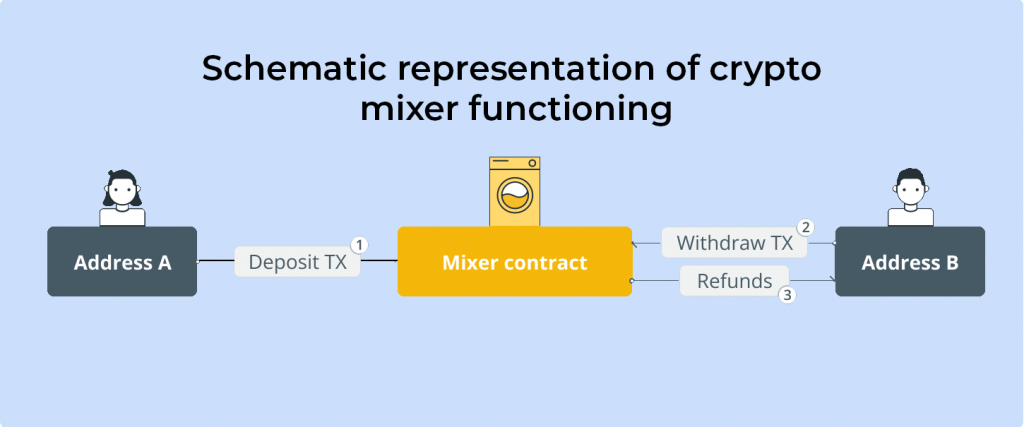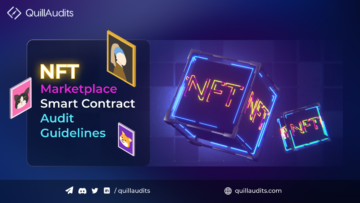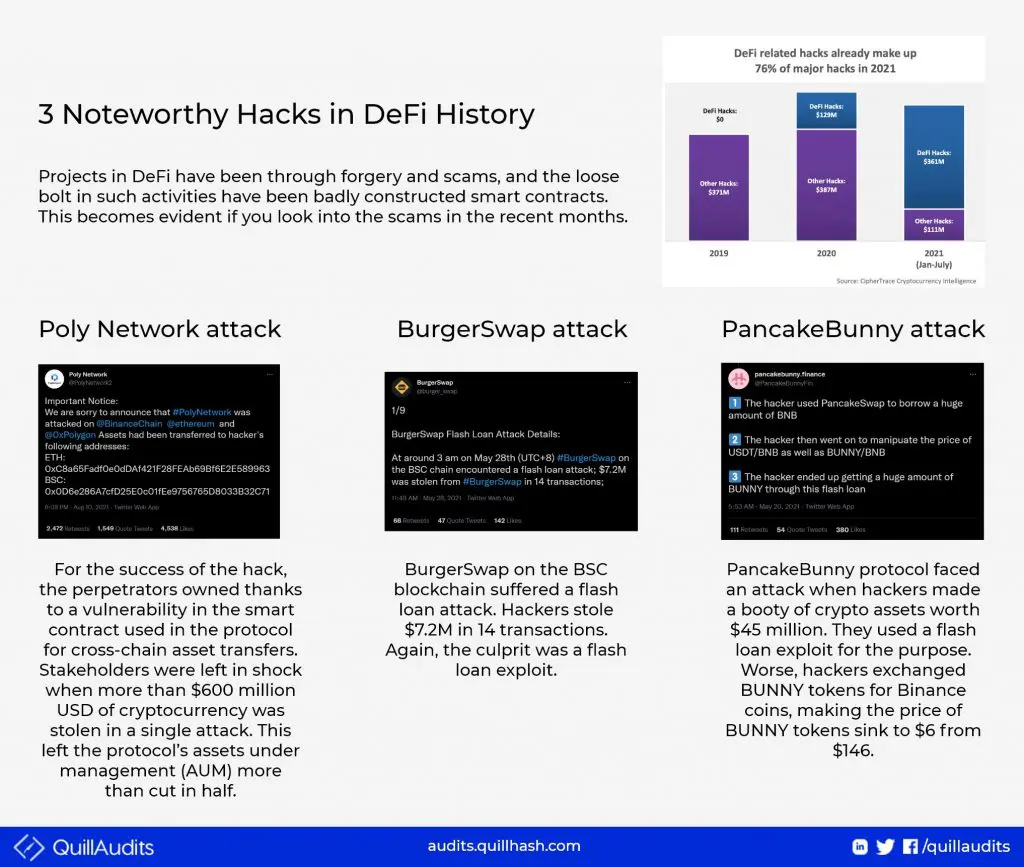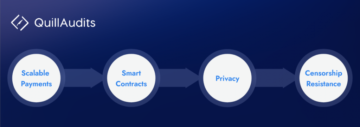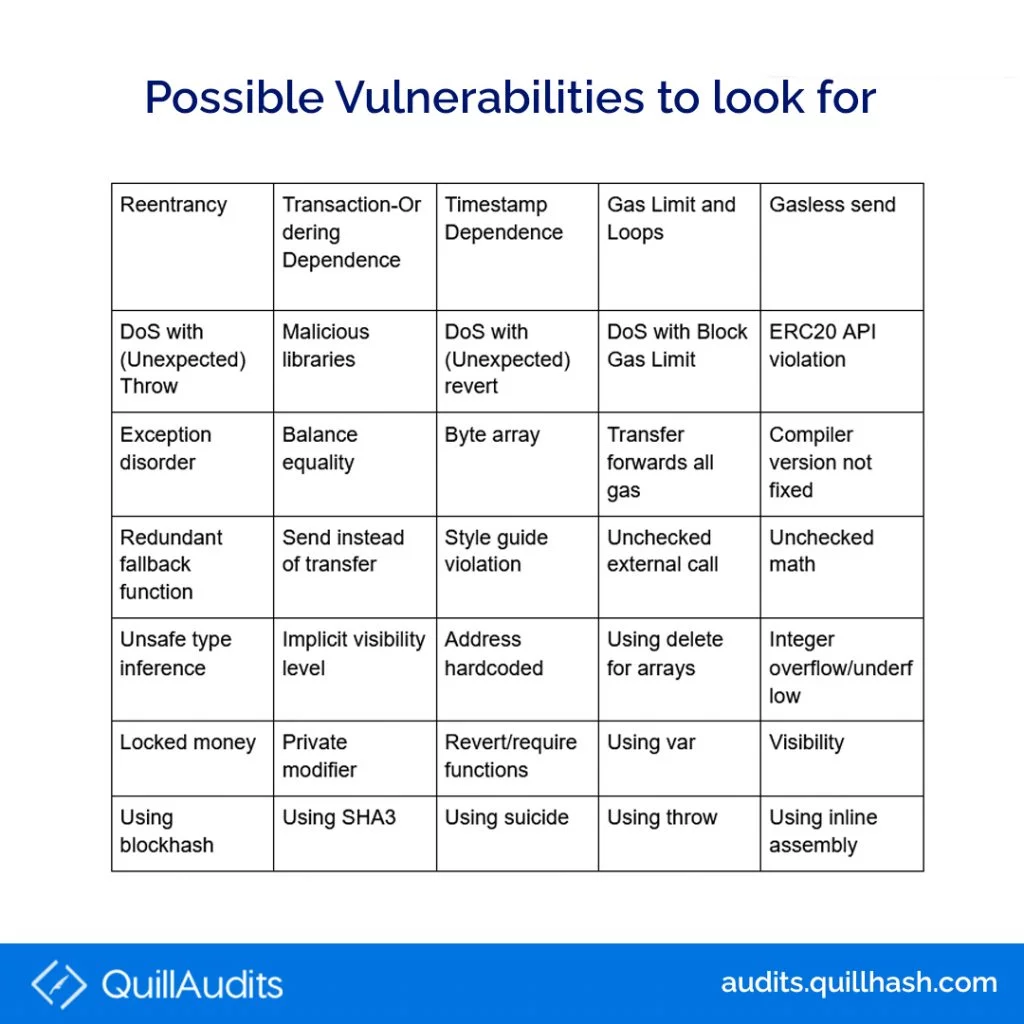Read Time: 6 minutes
The blockchain is praised for its decentralized attribute and accessibility brought by the public distributed ledger system. In contrast, there are certain circumstances when users prefer to maintain privacy and stay anonymous while making fund transfers.
Nevertheless, blockchain also makes way for that, where it becomes necessary to understand the role of crypto mixers. Let alone the definition; in this blog, we shall thoroughly decode every bit of information related to crypto mixers.
Role Of Crypto Mixers In Blockchain
Like the name says, a crypto mixer inevitably works to mix digital currencies from different sources, which the user can withdraw later.
The main purpose is to make the fund flow untraceable to anyone. Through which the anonymity and privacy of transactions are adopted in the blockchain network.
In simpler terms, crypto owners deposit their cryptocurrencies into mixers designed to receive potential cryptocurrencies from different streams. After a while, users can withdraw the chosen amount from mixers.
The depositor’s address invariably changes after cash mixing, meaning the address link between the original transaction and receiver address link is broken. This makes it harder to trace the user’s cash flow.
Although the functionality is still the same for any crypto mixer, the specifics vary from protocol to protocol. This opens us to know the different mixers and their distinctive operations.
Their Types
- Centralized
- Decentralized
- Smart contract
Centralized Mixers
The operations of the centralized mixers are one and the same as it is with any mixers. But these mixers are third-party services that the user has to trust before depositing, as there is no guarantee for funds if the centralized service goes into the dark.
Whereas when it concerns privacy, the mixer itself will have the record of the IP address and the transactions made on the platform. There are a lot more chances of privacy breaches if the third-party company decides to leak the data.
E.g., Blender.io or Hydra market.
Decentralized Mixers
Decentralized mixers receive funds from several users and compile them into a single transaction. They are handled by the peer-to-peer network and overcome the challenges of the centralized mixer.
The received funds in the mixer are then randomly distributed to the deposited users. The more users, the more randomization of the cryptocurrencies for making obscure transactions.
They operate using an open-source protocol like CoinJoin.
Smart Contract Mixers
Tornado cash on Ethereum is the well-known mixer of this kind that employs smart contracts to achieve the mixing. User deposit Ether or ERC-20 tokens into the smart contracts and awaits a certain time for them to be withdrawn.
This improves transaction privacy, making it hard to find the receiver and sender addresses.
How Do Crypto Mixers Earn?
Crypto mixers charge a transaction fee for every fund transfer made through them. Generally, the charge fee ranges between 1.3 to 3% of the amount to be mixed.
Furthermore, mixers like Tornado cash adopts governance tokens(TORN) for proposals and voting on the feature improvements to the platform.
Tracking The Fund Flow On Crypto Mixers
Data by Chainalysis, a blockchain data platform, reveals the number of hacks in 2022 has caused an uptrend in crypto mixer usage.
Especially the moving average value of funds in the crypto mixers in April 2022 was double that of it in 2021, with an all-time high of $51.8 million.
When the address of the fund source was tracked, it’s been found that 10% accounted for the funds that came from illicit means.
However, illicit funds amounted to the larger share of crypto mixer transactions among all the other sources.
Yearly Fund Transfer Activities From Different Sources
Starting from 2017, the record of fund transfers in crypto mixers saw a steady rise from 2020. Sources that occupy a larger portion include centralized exchanges, DeFi, and illicit money.
Notably, in 2022, there has been a drastic increase in illicit fund activities in the crypto mixer, which is about 23%.
Image Source: Chainalysis
Disintegrating The Illicit Funds
Let’s find out the data segregation of the funds from the illicit addresses.
Image Source: Chainalysis
The sanctioned entities corresponding to the major share are their respective transaction volumes before the ban. This leads to a study about the sanctioned entities with their related data.
Data Study On Fund Transfer From Various Sanctioned Entities
Image Source: Chainalysis
The graph depicts that almost 50% of the illegal funds were from the Hydra marketplace. In a nutshell, Hydra is a darknet that facilitates drug dealing, data theft sales, and its own crypto-mixing services.
The other two groups- Lazarus group and Blender.io quantifying the remaining funds are associated with the North Korean government. And the rest include the funds from sanctioned entities such as Helix, Bitcoin Fog, etc.
Mixers In Crypto Hacks
Blender.io: It was the first-ever virtual currency mixer sanctioned by the US treasury’s OFAC, stating its part in the largest Ronin bridge attack for $620M. Blender.io was used to process $20.5M of the illicit funds by the North Korean Lazarus group.
Helix: Larry Dean Harmon, the operator of Helix, a Bitcoin mixing service, was penalized $60M by FinCEN for violating financial compliance regulations. Helix is reported to have processed a worth of 354,468 BTC.
Hydra: Hydra market is a most prominent Russian darknet which OFAC has recently banned to cut down the proliferation of malicious cybercrime. It has identified over 100 virtual currency addresses that are associated with an entity’s operation in doing illicit transactions.
Tornado Cash: Tornado cash, an Ethereum mixer involved in deriving $96M funds from Harmony’s Horizon bridge hack, $7.8M from cross-chain bridge Nomad hack and the ever-biggest $620M Ronin bridge attack, is the latest sanction passed by the US treasury.
As with other centralized mixers like Blender.io or Hydra, Tornado Cash cannot be stopped completely as it runs on smart contract code. However, vigilant care shall be undertaken to curb the transactions through them.
Are There Any Genuine Reasons For Using Mixers?
As a matter of fact that crypto mixers are not inherently illegal though they are heavily relied on for illicit transactions. The design of crypto mixers intends to enhance user privacy and keep the anonymity of transactions.
Public figures that don’t want anyone to track their fund flow leverage crypto mixers for privacy concerns. Also, any mixer that adheres to regulatory conditions laid by FinCEN is legitimate to use.
How QuillAudits Positions Itself As A Frontrunner In Securing Web3?
The crypto hack has its roots in smart contract coding. We cut down the possibility at the very beginning by thoroughly checking the smart contract coding of the Web3 protocols, protecting them from vulnerable hacks.
Auditing at QuillAudits implements manual and automated methods to validate the contract against attacks such as reentrancy, front-running, oracle manipulation, integer overflow and underflow, etc., securing it in all possible ways.
Have a free consultation with our experts in under 10 mins: https://t.me/quillhash
10 Views
- Bitcoin
- blockchain
- blockchain compliance
- blockchain conference
- coinbase
- coingenius
- Consensus
- crypto conference
- crypto mining
- cryptocurrency
- decentralized
- DeFi
- Digital Assets
- ethereum
- machine learning
- non fungible token
- plato
- plato ai
- Plato Data Intelligence
- Platoblockchain
- PlatoData
- platogaming
- Polygon
- proof of stake
- Quillhash
- trending
- W3
- zephyrnet

